until Abu Dhabi Autonomous Racing League

IndyCar and the Indianapolis 500 are living and breathing from parity right now. A long period of time with minimal changes has brought the series’ teams close together and the single-chassis formula is delivering the rewards.
The Indy 500 delivered its fastest-ever qualifying average and its fastest-ever race. Pole was decided by 0.0197s over the four laps, or 0.004925s per lap, and the top 19 were split by under a second (four-lap average) across two days of qualifying.
In a wider context it means someone like Romain Grosjean can come in to IndyCar for the road and street course races with one of the smallest teams and succeed, and a four-year-old team in Meyer Shank Racing can win the Indianapolis 500.
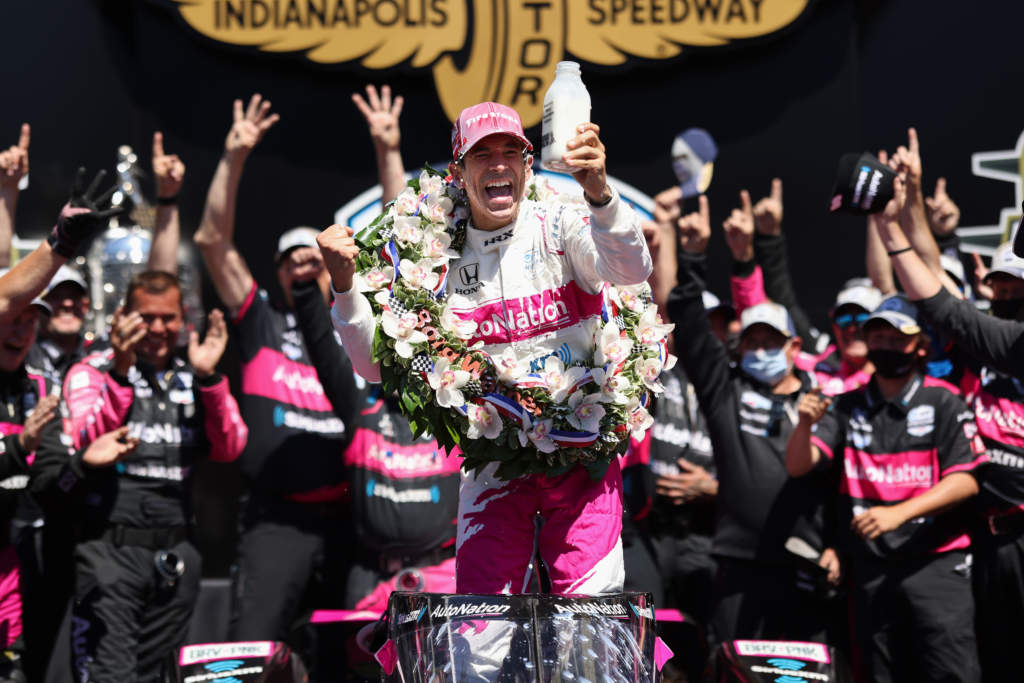
In IndyCar and the Indy 500 you’ll constantly get smaller teams measuring performance against the “big three”, Andretti Autosport, Chip Ganassi Racing and Team Penske. All three have four full-season entries and at the Indy 500 Penske provides a car and engineering support for one more team, while Andretti has a similar relationship adding two cars on top of the two extra cars it runs at the 500 in-house.
That means the big three – responsible for every IndyCar title since reunification in 2008, and the five IRL IndyCar titles before that – boast at least 12 cars in the regular season, and that expands to a whopping 17 cars at the Indy 500 if you include cars provided for other teams.
With a 33-car field, it’s tricky for one-car and/or one-off entries to match the resource they are up against.
Max Chilton drives one such entry for Carlin where he does the road and street circuits and the Indy 500. He referenced fighting the big teams multiple times in his Indy 500 media day comments and so The Race asked if Carlin had considered a tie-up like some other teams have.
“Yeah, it’s a good question and it is something we have tried to do before,” Chilton admitted.
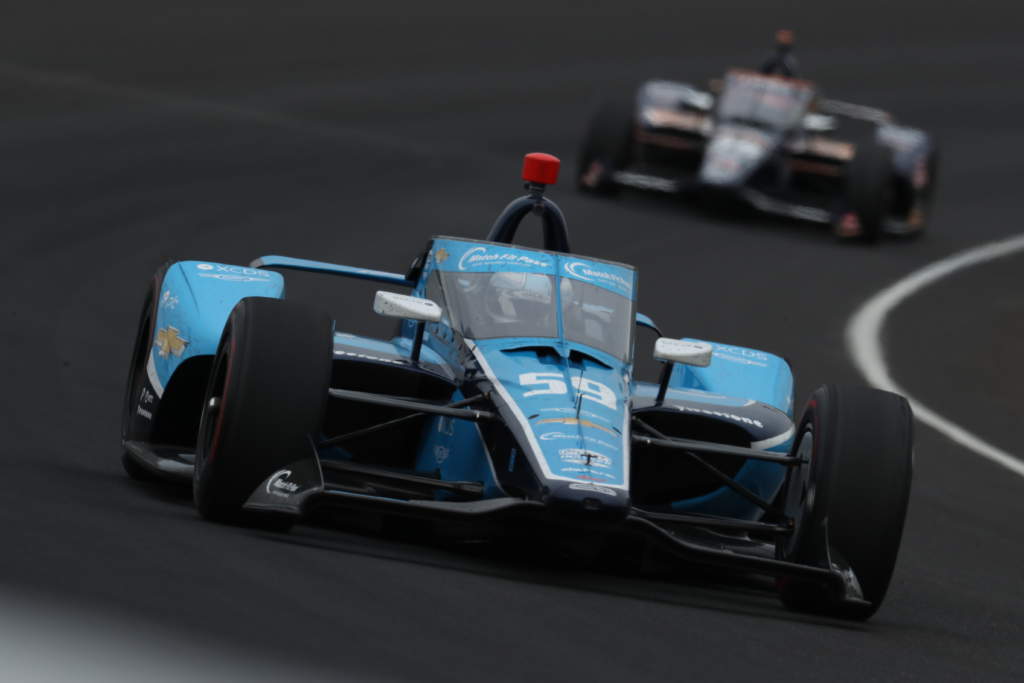
“It’s always met with strong resistance because, I understand that these big teams have put years and years of investment and time into developing these cars. What’s in it for them to be sharing their secrets?
“So it’s never worked for us before but it definitely has worked for other teams. You look at Jack Harvey’s team [Meyer Shank] that paired up [with Andretti], I think it’s excelling with what they’ve got.
“Penske have done it this year with Paretta.
“It definitely helps, but, we’ve tried, it’s not worked for us so far.”
Chilton also offered a potential solution to the problem. “It is slightly saturating the market that these teams have just taken over,” he added.
“It’d be nice if there was a limit to teams only running three cars. I think it would allow more teams to come in and make it more of a level playing field because being up against teams of eight cars, you just can’t learn anywhere near at the rate that they’re learning.”
So is Chilton right? Should there be a cap on entries?
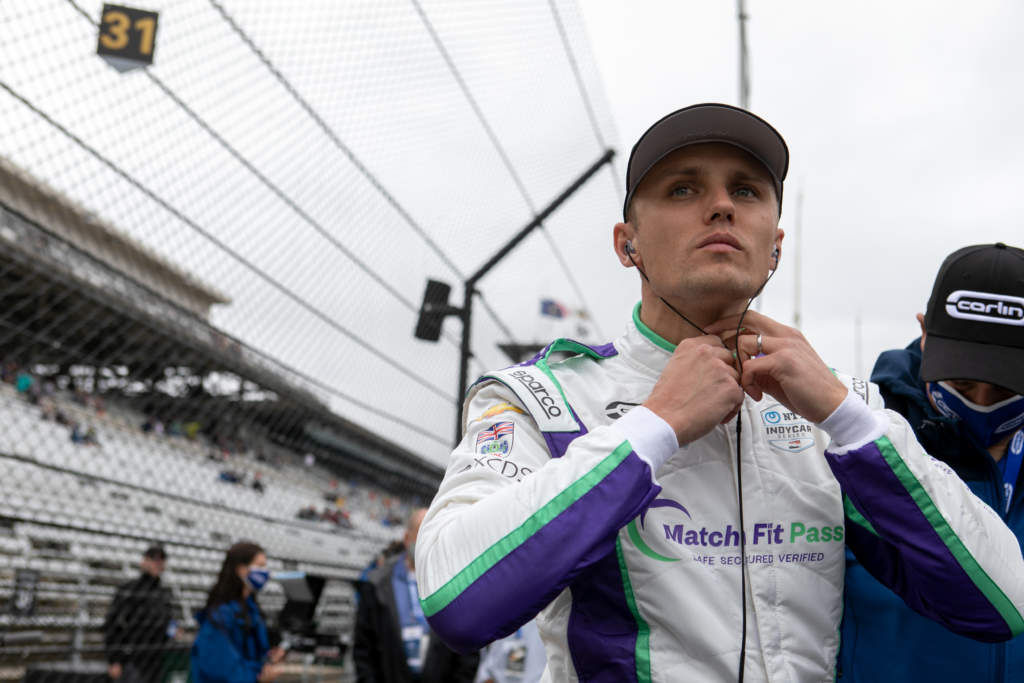
On the face of it, it seems like it would ensure an even more even playing field. Especially in the pandemic period where schedules over a race weekend have been condensed. Hypothetically, reducing how many cars and therefore how quickly the big three are learning seems like it would increase parity.
However, at places like the Indy 500, there’s so much track time that it shouldn’t make a huge difference. Chilton comfortably made the field while only one one-car team missed out and that was the really late entry Top Gun Racing team that was aiming to start its first race.
There’s Dreyer & Reinbold, a team has been trying to expand but has struggled. It has stuck to wanting to engineer and run its cars alone without the help of other teams, but that didn’t stop it executing a phenomenal Indy 500 last week to take seventh place with Sage Karam. That was after it shrunk from two cars to one as JR Hildebrand left the team to join AJ Foyt Racing.
That result doesn’t mean Chilton’s point should be thrown away without merit though. The last time D&R scored a top-10 at the 500 was in 2014 when it finished ninth with Karam.
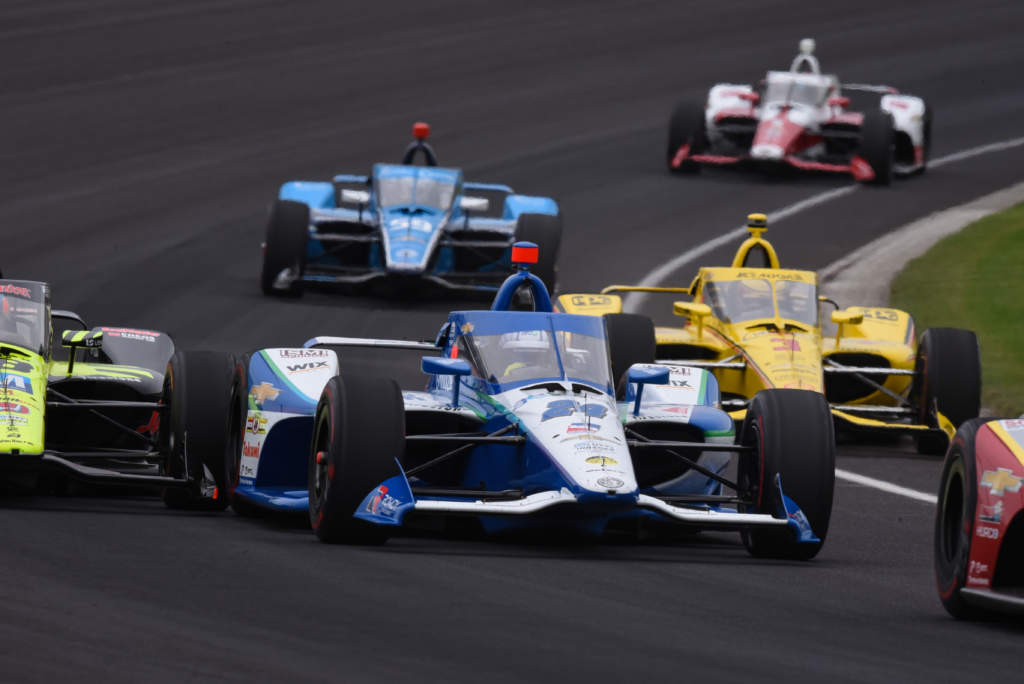
If we move on to Meyer Shank Racing, it has provided the blueprint for how you can come into IndyCar and the Indy 500 and be successful. Despite bad luck last year, in its first full season – with an Andretti tie-up for the first time too – Harvey had a qualifying average in the top 10, while Castroneves won the 500 in the first race the team ran two cars last weekend.
MSR’s relationship with Andretti is simple. Andretti provides the car and the engineers, and gets paid. So MSR has been able to come and do what similar-sized teams haven’t been able to do and that’s be regularly competitive and win the 500, having only started full-time competition last year and doing its first 500 in 2017.
Not every team would boast the backing of willing provider Jim Meyer and the foresight and leadership abilities of Mike Shank. But the blueprint could theoretically still be followed.
Looking at the IndyCar season more broadly, Grosjean is an example of what a driver that talented can do even with minimal resources in a small team like Dale Coyne. However, it’s still a fight to get into the top 10 even with Grosjean’s talent level.
Arguments for limiting cars
> Big teams learn on-track slower, gather data slower
> Even great drivers have to fight to get into the top 10 in smaller teams
> Technical tie-ups with big teams may not be available to everyone
Arguments against limiting cars
> Great stories like Johnson, Paretta and MSR wouldn’t happen, or would take longer to be competitive
> Bigger teams can use these deals to keep drivers on the grid, fund teams
> Not a host of teams ready to come in to make up the car count, likely smaller grids
> No guarantee that the smaller teams suddenly become more competitive
There are some strong arguments for limiting the number of cars. However, I have to think that some of the great storylines of the season wouldn’t have been possible or much more unlikely had that rule been in place.
Would Penske have been able to find a way to support the female-forward Paretta Autosport team? Would Ganassi have found a home for Jimmie Johnson, and could Meyer Shank Racing have won the Indy 500?
Stories like Meyer Shank’s are dreamy for IndyCar, because it’s a small team with the equipment of one of the bigger teams, using that equipment better and winning the biggest race in American open-wheel racing! It seems there is little benefit other than cash for Andretti, as MSR becomes increasingly successful at beating it, with its own cars…
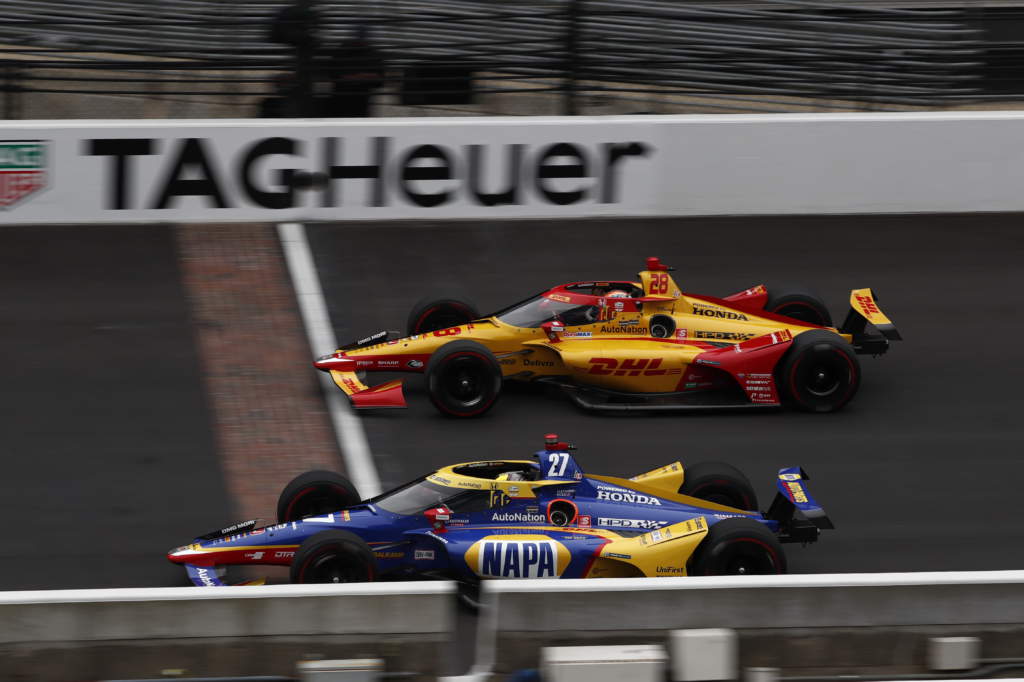
There’s also the fact that smaller teams have turned down the opportunity to sign a Meyer Shank/Andretti-style deal in the past. Some teams like the challenge of going it alone and attempting to conquer the mountain of IndyCar.
Not every team is expecting to be able to fight for wins every week and that’s the way the competitive pyramid goes. There are plenty of teams that understand that and are content or at least accepting of it. And prefer it.
There’s also no evidence that making the move would instantly mean three or four teams sign up, which is likely what would be required to get the grid back to the size it was beforehand.
My gut reaction is that there’s enough parity in IndyCar, and you don’t need to limit the number of teams’ cars without any proof that it will make things any fairer, or better. More relationships like Meyer Shank and Andretti should be encouraged, although Ganassi and Penske haven’t appeared overwhelmingly open to such a move.
Do you think teams in IndyCar should limit the number of cars per team? Where do you stand on this? Leave us a comment or let us know via social media.


